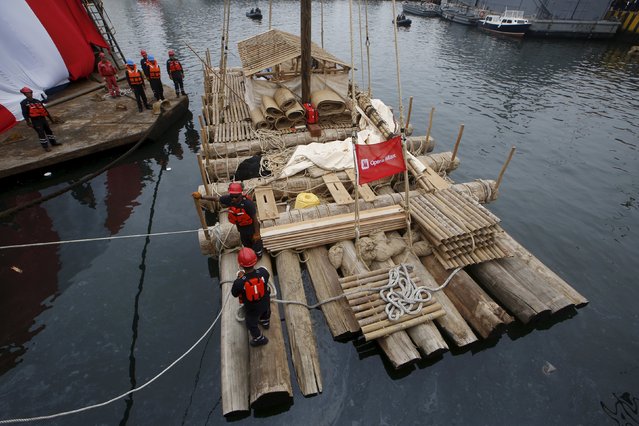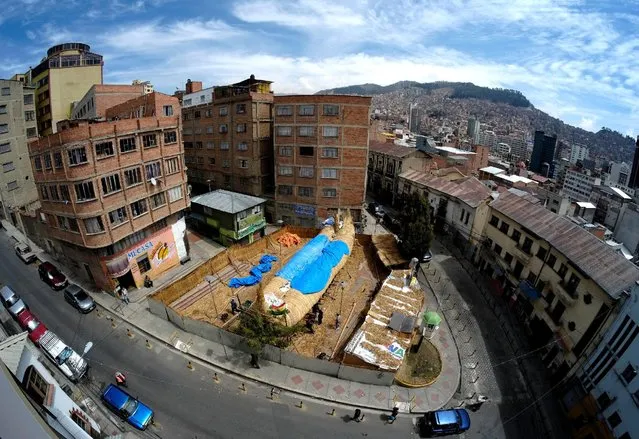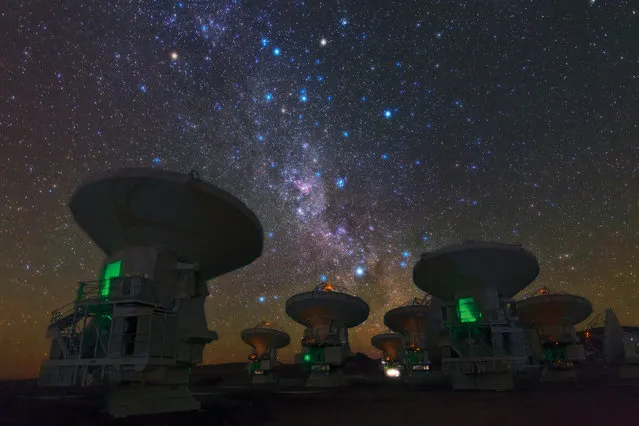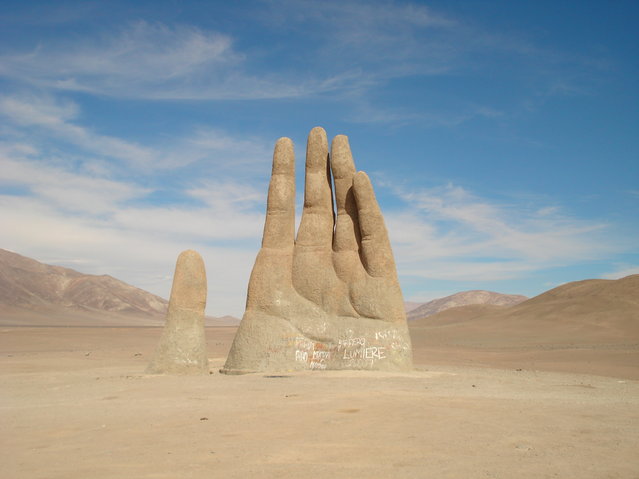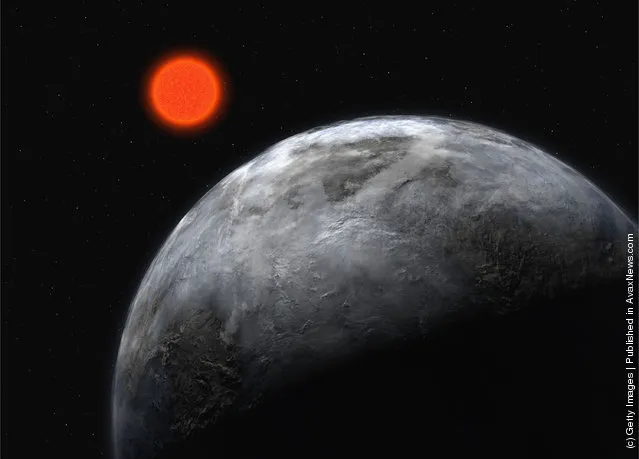
In this Thursday, October 5, 2017 photo, Chile's singer-songwriter Mon Laferte performs in concert at the Auditorio Nacional in Mexico City. The 34-year-old artist, who just received five Latin Grammy nominations, performed three sold-out concerts at the National Auditorium, on consecutive evenings, beginning Thursday. (Photo by Eduardo Verdugo/AP Photo)
13 Oct 2017 06:38:00,post received
0 comments

